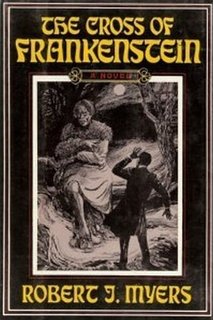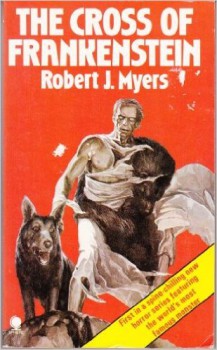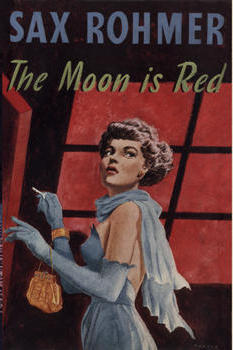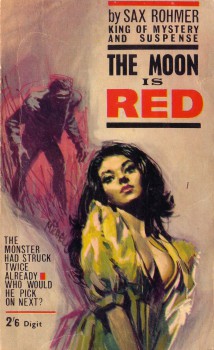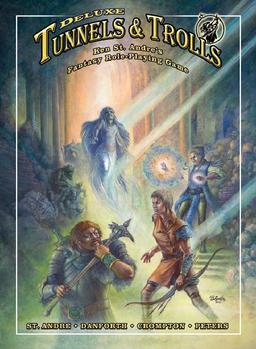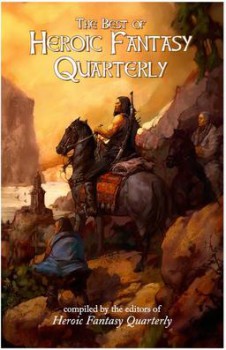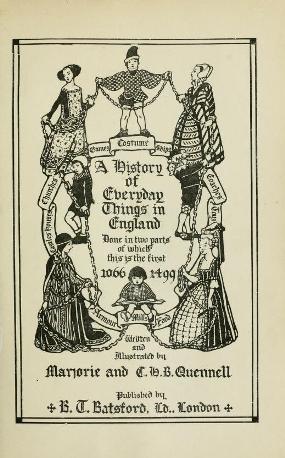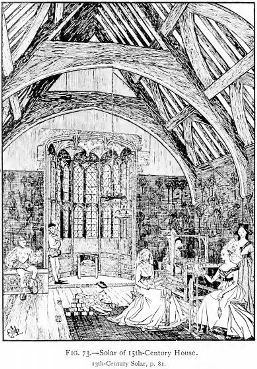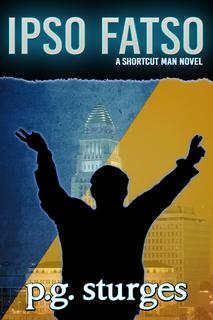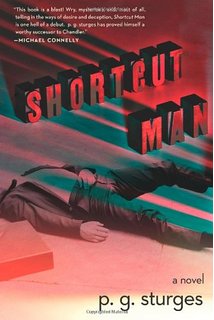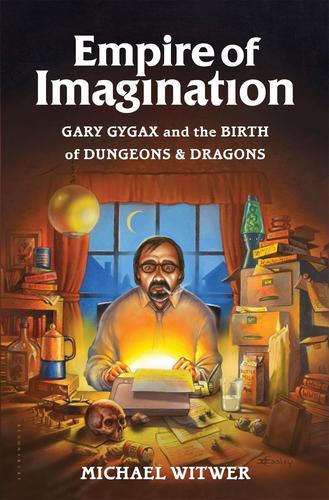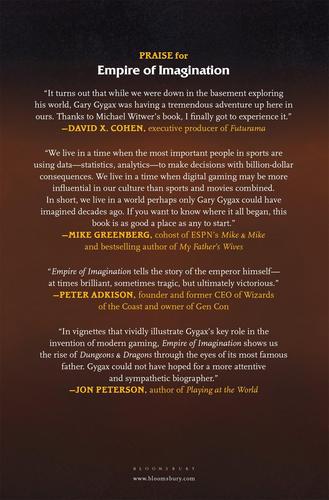Beyond the Immediate Shiver: The Rim of Morning by William Sloane
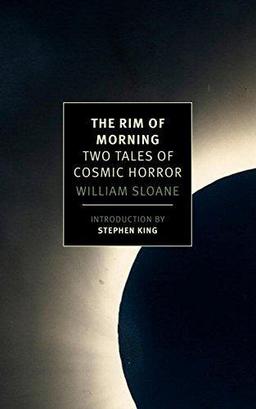 According to either Google or Oz the Great and Powerful (I forget which, and for God’s sake, don’t look behind that curtain!), over 300,000 books are published in the United States every year. That’s over 800 a day, every day, day in and day out.
According to either Google or Oz the Great and Powerful (I forget which, and for God’s sake, don’t look behind that curtain!), over 300,000 books are published in the United States every year. That’s over 800 a day, every day, day in and day out.
Most, of course, are utterly worthless and are destined to vanish without a trace almost immediately (see Sturgeon’s Law), and given the magnitude of this never-ceasing flood of words, even worthy books by fine writers will inevitably go out of print sooner or later — most likely sooner.
But here’s the thing — even when they drop out of print, books that are good enough are remembered, and sooner or later, like Marely’s Ghost or that particularly embarrassing anecdote that your mother loves telling at every family gathering (especially when a new significant other is present), the good ones come back.
Hence The Rim of Morning: Two Tales of Cosmic Horror, an omnibus volume reprinting two novels that William Sloane wrote a long time ago: To Walk the Night (1937) and The Edge of Running Water (1939). The books have been reprinted a few times, mostly in paperback, over the more than seventy five years since their first appearance, but the last editions were over thirty years ago under the Del Rey imprint (see the hardcover and paperback editions in a previous BG post here.)
Sloane was not exactly prolific; the two novels collected here are the only ones he ever wrote (or are at least the only ones that were ever published; I for one am hoping that there’s a big trunk somewhere, stuffed with manuscripts that he never bothered to mail in.) Shortly after writing them, Sloane launched a literary career of impressive solidity, especially coming from a man who had mostly given up writing himself. He started his own publishing house, edited a pair of science fiction anthologies, taught at the prestigious Bread Loaf Writer’s Conference for over twenty five years, and eventually became the managing director of Rutgers University Press, a position he held until his death in 1974.
